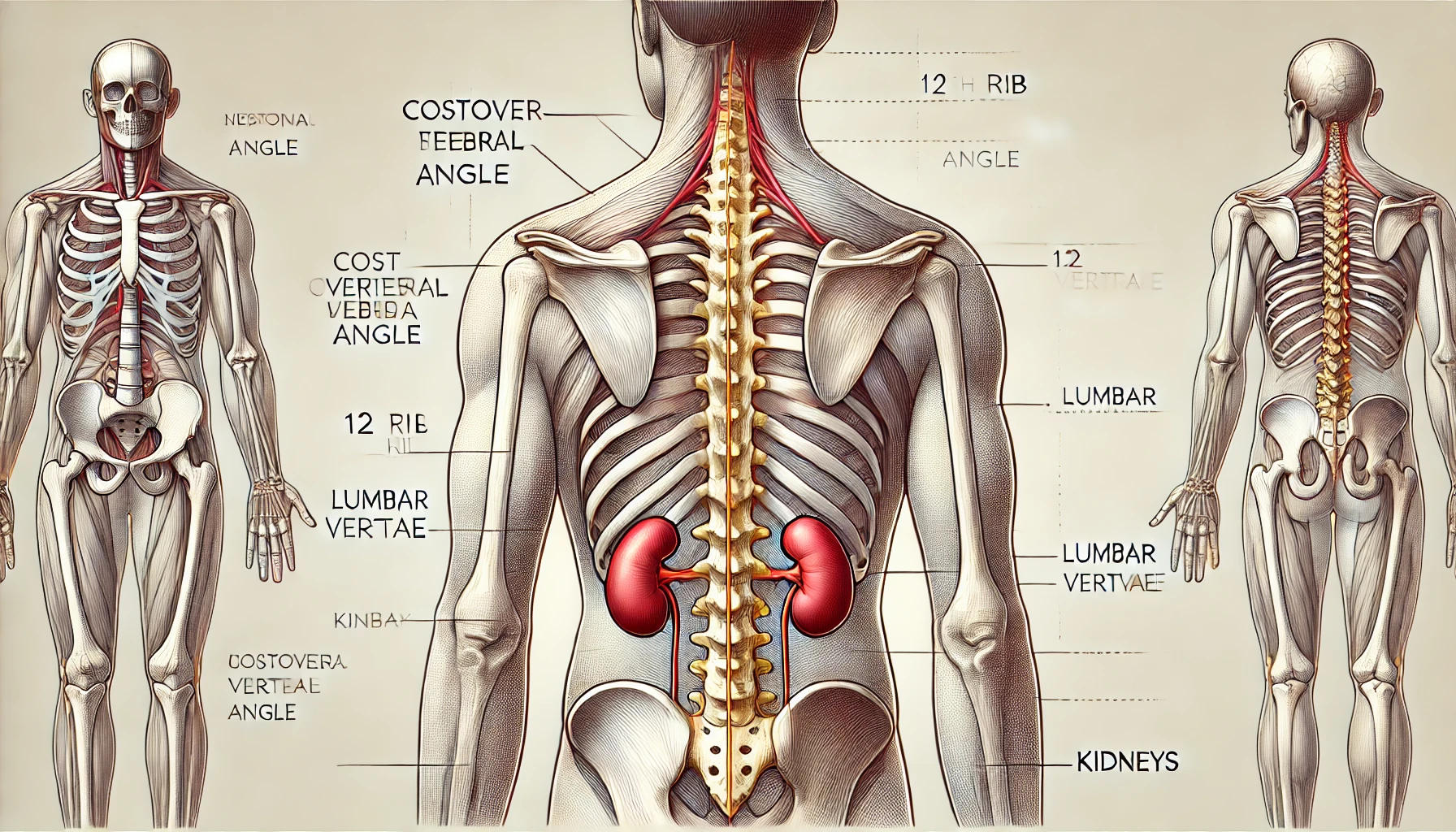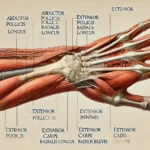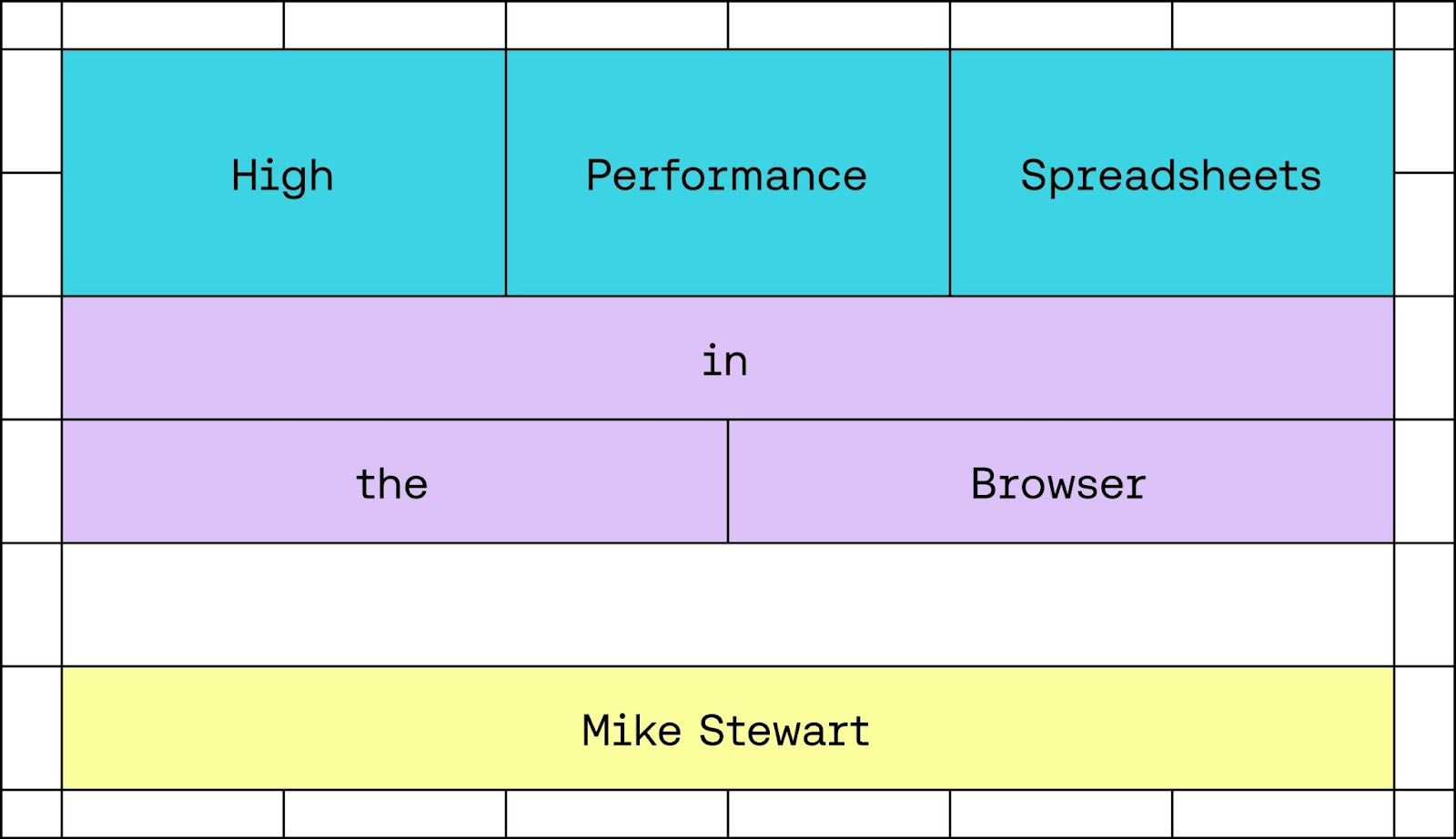The human body is a marvel of intricate design, with every component playing a crucial role in maintaining overall health and functionality. Among these components, the costovertebral angle (CVA) stands out as a vital anatomical landmark, essential for both clinical assessments and understanding various medical conditions. In this comprehensive guide, we delve into the secrets of the costovertebral angle, exploring its anatomy, clinical significance, common disorders, and diagnostic procedures.
Understanding the Anatomy of the Costovertebral Angle
The costovertebral angle is a triangular space located at the junction where the ribs meet the vertebral column. Specifically, it is formed by the 12th rib and the transverse processes of the lumbar vertebrae. This angle is significant in medical examinations as it is easily accessible and provides a pathway to assess the kidneys, which are located posteriorly to the peritoneal cavity.
The CVA is demarcated by the following anatomical structures:
- 12th Rib: The lowest rib, known as the floating rib, which does not attach directly to the sternum.
- Lumbar Vertebrae: The lower part of the spine, consisting of five vertebrae (L1-L5), which are larger and stronger than the cervical and thoracic vertebrae due to their weight-bearing role.
Clinical Significance of the Costovertebral Angle
The costovertebral angle holds immense clinical importance due to its proximity to the kidneys. Physicians often use this landmark to perform a physical examination called the “CVA tenderness test” or “Murphy’s punch sign,” which helps identify kidney-related issues.
- CVA Tenderness Test: This test involves tapping or gently pounding the area of the CVA. Tenderness or pain elicited during this maneuver can indicate inflammation or infection in the kidneys, such as pyelonephritis, a kidney infection that requires prompt medical attention.
- Kidney Palpation: The CVA is also a reference point for palpating the kidneys. Although the kidneys are not usually palpable in healthy individuals, any enlargement or mass in this area may signal underlying pathology, such as hydronephrosis (swelling of the kidneys due to urine buildup) or renal tumors.
Common Disorders Associated with the Costovertebral Angle
Several medical conditions are associated with abnormalities or symptoms in the costovertebral angle region. Understanding these conditions is crucial for timely diagnosis and management.
- Pyelonephritis: An infection of the kidney parenchyma and renal pelvis, pyelonephritis often presents with CVA tenderness, fever, chills, and urinary symptoms. It requires antibiotic treatment and sometimes hospitalization.
- Kidney Stones: Renal calculi can cause severe flank pain that radiates to the CVA. The pain, often described as colicky, can be excruciating and may be accompanied by hematuria (blood in the urine).
- Hydronephrosis: This condition involves the swelling of the kidney due to the obstruction of urine flow, which can occur at various points along the urinary tract. CVA tenderness may be a presenting symptom.
- Polycystic Kidney Disease (PKD): An inherited disorder characterized by the growth of numerous cysts in the kidneys, PKD can lead to enlarged kidneys and CVA tenderness, along with hypertension and renal insufficiency.
- Renal Tumors: Masses or tumors in the kidneys can manifest as palpable abnormalities in the CVA, often accompanied by hematuria, weight loss, and systemic symptoms.
Diagnostic Procedures Involving the Costovertebral Angle
When abnormalities in the costovertebral angle are suspected, various diagnostic procedures can aid in accurate diagnosis and treatment planning.
- Ultrasound: A non-invasive imaging technique, ultrasound is often the first-line investigation for assessing the kidneys and identifying structural abnormalities such as hydronephrosis, cysts, or tumors.
- Computed Tomography (CT) Scan: CT scans provide detailed cross-sectional images of the body, allowing for comprehensive evaluation of kidney stones, masses, and other renal pathologies. Contrast-enhanced CT scans can further delineate vascular structures and urinary tract obstructions.
- Magnetic Resonance Imaging (MRI): MRI offers high-resolution images without ionizing radiation. It is particularly useful in evaluating soft tissue abnormalities and vascular conditions affecting the kidneys.
- Urinalysis: A simple yet essential test, urinalysis can detect signs of infection, hematuria, and other urinary abnormalities that may correlate with CVA tenderness.
- Blood Tests: Renal function tests, including serum creatinine and blood urea nitrogen (BUN), help assess kidney function and detect potential renal impairment.
Preventive Measures and Healthy Practices
Maintaining kidney health is essential for overall well-being, and certain lifestyle practices can help prevent disorders associated with the costovertebral angle.
- Hydration: Drinking adequate water is crucial for kidney function, as it helps flush out toxins and prevent the formation of kidney stones.
- Balanced Diet: A diet rich in fruits, vegetables, whole grains, and lean proteins supports kidney health. Limiting salt intake can help prevent hypertension, a risk factor for kidney disease.
- Regular Exercise: Physical activity promotes cardiovascular health, which is closely linked to renal function. Aim for at least 30 minutes of moderate exercise most days of the week.
- Avoiding Smoking and Excessive Alcohol: Both smoking and excessive alcohol consumption can harm kidney function and increase the risk of kidney disease.
- Regular Check-ups: Periodic medical check-ups and screening for kidney function, especially for individuals with risk factors such as diabetes or hypertension, are vital for early detection and management of kidney disorders.
The Role of Healthcare Professionals in CVA Assessment
Healthcare professionals, including physicians, nurses, and physician assistants, play a critical role in assessing the costovertebral angle and managing related conditions.
- Physical Examination: A thorough physical examination, including palpation and percussion of the CVA, is fundamental in evaluating kidney health and identifying potential issues.
- Patient Education: Educating patients about the significance of CVA tenderness and the importance of seeking medical attention for urinary symptoms or flank pain can lead to timely diagnosis and treatment.
- Diagnostic Expertise: Healthcare providers utilize a range of diagnostic tools, including imaging studies and laboratory tests, to accurately diagnose conditions affecting the costovertebral angle.
- Holistic Management: Addressing underlying conditions, providing appropriate treatments, and promoting lifestyle modifications are key components of holistic kidney care.
Advancements in CVA-Related Medical Research
Ongoing research continues to enhance our understanding of the costovertebral angle and its clinical implications. Recent advancements include:
- Novel Imaging Techniques: Advances in imaging technologies, such as functional MRI and advanced ultrasound modalities, offer more precise and detailed evaluations of renal structures and functions.
- Biomarkers for Kidney Disease: Research into novel biomarkers is paving the way for earlier detection and more accurate monitoring of kidney diseases, potentially improving patient outcomes.
- Minimally Invasive Interventions: Developments in minimally invasive surgical techniques, such as laparoscopic and robotic-assisted procedures, have improved the management of conditions like kidney stones and renal tumors, reducing recovery times and complications.
- Telemedicine and Remote Monitoring: Telemedicine platforms and remote monitoring tools are enhancing access to kidney care, enabling patients to receive timely consultations and follow-ups from the comfort of their homes.
Conclusion: Embracing the Vital Role of the Costovertebral Angle in Health
The costovertebral angle, though a relatively small anatomical landmark, holds significant importance in the realm of healthcare. Its role in diagnosing and managing kidney-related conditions underscores the need for awareness and understanding among both healthcare professionals and patients. By embracing preventive measures, seeking timely medical attention, and staying informed about the latest advancements, we can ensure the optimal health of our kidneys and overall well-being.








